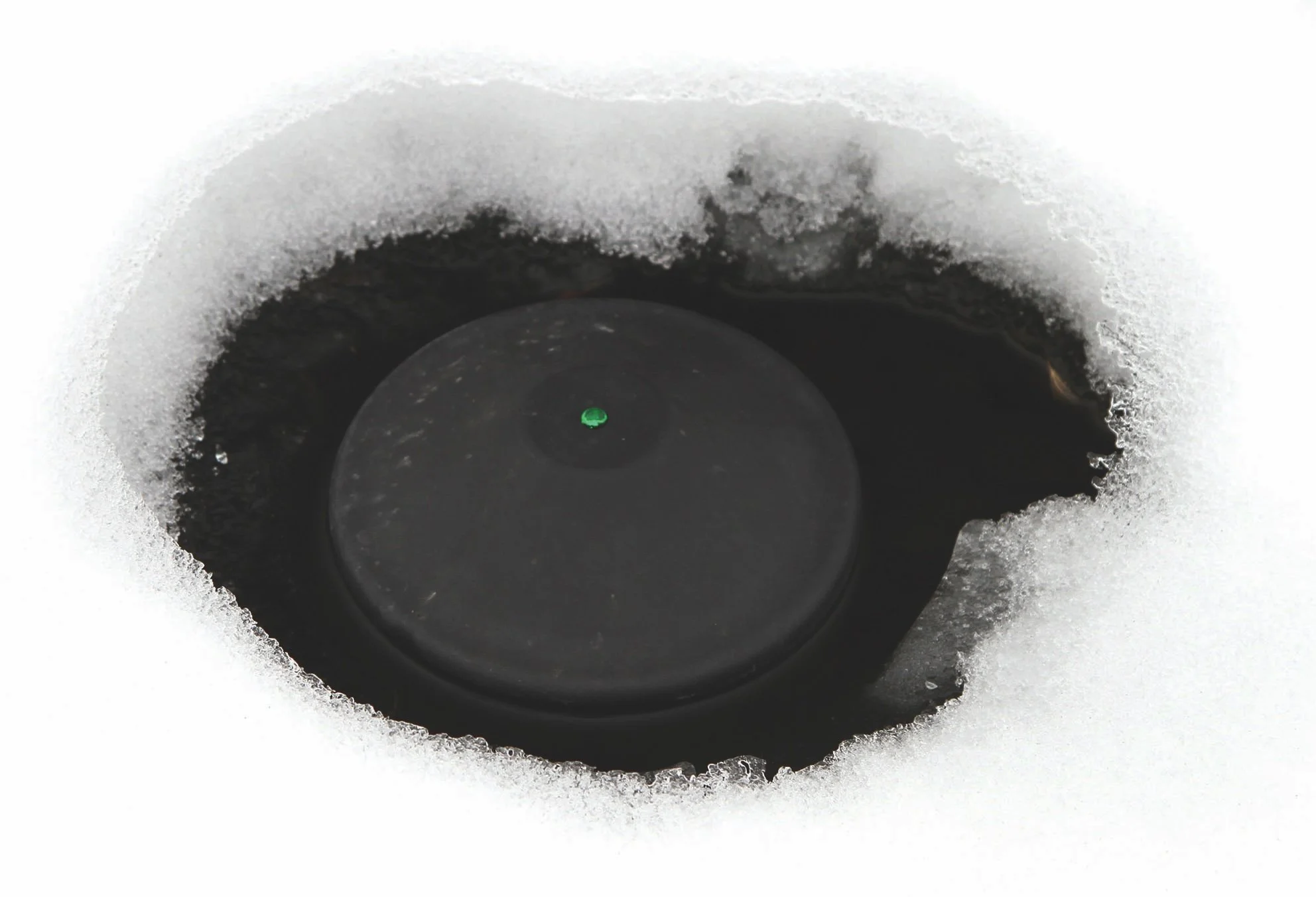With summer in full swing, most homeowners aren’t thinking about prepping their ponds or water features for winter. But for landscape contractors looking to extend their season and boost business into the fall, offering pond winterization is a smart move. Late summer through early fall is the ideal window to start talking with clients—before cold weather brings equipment damage, poor water quality, or even fish loss.
Whether pond care is already part of your services or something you’re ready to add, this simple checklist can help guide conversations and position you as the pro who keeps ponds healthy year-round.
Fall Pond Prep: The Basics
1. Clear out debris and trim plants
Leaves, sticks, and sludge from summer can mess with water quality and fish health. Scoop out gunk and trim back overgrown plants around the pond edge. Less organics now = healthier fish and fewer algae problems later.
2. Clean filters and skimmers
Pull out any collected debris, and take a few minutes to check if everything’s working as it should. Spotting wear now can prevent equipment failure mid-winter. Plus, a regularly cleaned system lasts longer.
3. Cover the pond
A simple net can go a long way to keep out falling leaves. For a step up, try the Atlantic-Oase Pond & Garden Protector— it sets up like a pop-up tent and keeps leaves (and predators) out.
4. Talk fish food
As temps drop, koi and goldfish go into hibernation. That means their metabolism slows, and they need less food. Remind clients to switch to cold-weather fish food — lower protein, higher carbs — and reduce feeding gradually.
5. Add an aerator
An aerator keeps oxygen flowing and allows gas buildup from decaying plant material to escape. It also circulates water to support stable temps for hibernating fish. Place it about 12–18 inches deep. Here’s one we recommend.
Extra Steps for Freezing Climates
1. Shut down the pump
While it’s possible to keep a pump running through winter, it’s usually a better idea to remove it to prevent ice damage or frozen pipe bursts—and to prolong the life of the equipment. Disconnect the pump, drain the system, and store the pump in a bucket of water to preserve the seals. Make sure you leave it somewhere warm where it won’t freeze (garage, etc.).
2. Keep the aerator running
If freezing is likely, an aerator is no longer a ‘nice-to-have’ — it’s essential. Water movement from oxygen bubbles helps maintain an open hole in the ice so gas can escape — crucial for fish survival.
3. Add a de-icer
For extreme cold, even an aerator might not be enough. A floating de-icer keeps a small area of the pond warm to prevent it from completely freezing over. We like this one from Atlantic-Oase because, unlike most pond de-icers, its operation is adaptive to temperature – running only when needed. That means less energy usage and minimal oversight. An easy-to-read indicator light shows when it’s heating or when it’s simply plugged in and on standby.
Offer These Services to Your Clients
If you’re interested in adding pond services this fall, here’s a list of services you can market:
Pond Winterization Services:
Seasonal pond clean-out (removing debris, trimming vegetation)
Skimmer and filter cleaning and inspection
Pond net or pond & garden protector installation
Fall fish feeding consultation
Aerator installation and maintenance
Pond/water feature shutdown (pump disconnection and storage)
Winter aerator setup
Floating pond de-icer installation
Pond/water feature startup in the spring
Pond winterization is easier than you might think—and it’s a simple way to keep your crew working and your schedule full into the fall.
Remember—our team is here to help you pick the right products to get started. Reach out today!
salesteam@cimcopnw.com
253-845-4050




